How to buy a prepaid SIM card for Japan?
Check out our in-depth guide on everything you need to know about buying a prepaid SIM card for Japan, including different providers, pricing, and features.

If Japan is next on your list of travels, chances are you’re creating a travel budget right now. But no matter how much you plan on spending, you should know the habits of the Japanese locals, as well as the preferred payment options. In this article we’ll dig deeper into whether using cash or cards in Japan is the best option.
Even though card payments are becoming increasingly popular, Japan is nowhere near a cashless society. However, how often you’ll be using cash depends on where exactly you’re travelling to. In some big cities such as Tokyo, you may be able to go completely digital.
We’ll cover more on the above and go into more detail to help answer the question - which is more convenient, cash or card in Japan? We’ll also show you a cost-effective way to handle your finances in Japan.
Even though Japan is technologically among the top countries in the world, cash is still the primary payment method. Statistics show that over 60 percent of all payments are made in cash.1 It’s thought to be a more reliable and secure option, without the danger of personal information leakage.
However, card use is rising, so even the near future might look different. If you’re travelling to bigger Japanese cities, such as Tokyo or Osaka, you’ll mostly be able to get by without cash. However, the Japanese countryside is where you’ll encounter problems with cashless payments.
When it comes to tipping, Japan is completely different from western countries. Not only is tipping not expected, but it can even be considered rude. However, sometimes tour guides or tourist-oriented hotels might accept tips. Know that they should always be given discreetly - in an envelope, with both hands.2
When paying in cash, you’ll usually be expected to put your money on a tray next to the register. You will receive your change the same way, so make sure you don’t try to take it from someone’s hand.3
Even though you might not tip while in Japan, make sure you still have some smaller denominations on hand. Some vending or ticket machines don’t accept larger bills, such as 5,000 and 10,000 yen bills.3
We’ve listed some common situations where you’ll be paying for things in Japan. Here’s whether you’ll be able to pay by card, in cash or both:
| Payment for... | Card 💳 | Cash 💴 |
|---|---|---|
| 🚕 Taxis | Sometimes⁴ | Yes |
| 🏪 Convenience stores | Yes | Yes |
| ⛩ Shrines and temples | Usually no⁵ | Yes - often preferred, esp. coins |
| 🚌 Public transport | Depends on transport | Yes |
| 🛒 Vending machines | Sometimes - in populated cities | Yes |
| 🏯 Museums and castles | Yes | Yes |
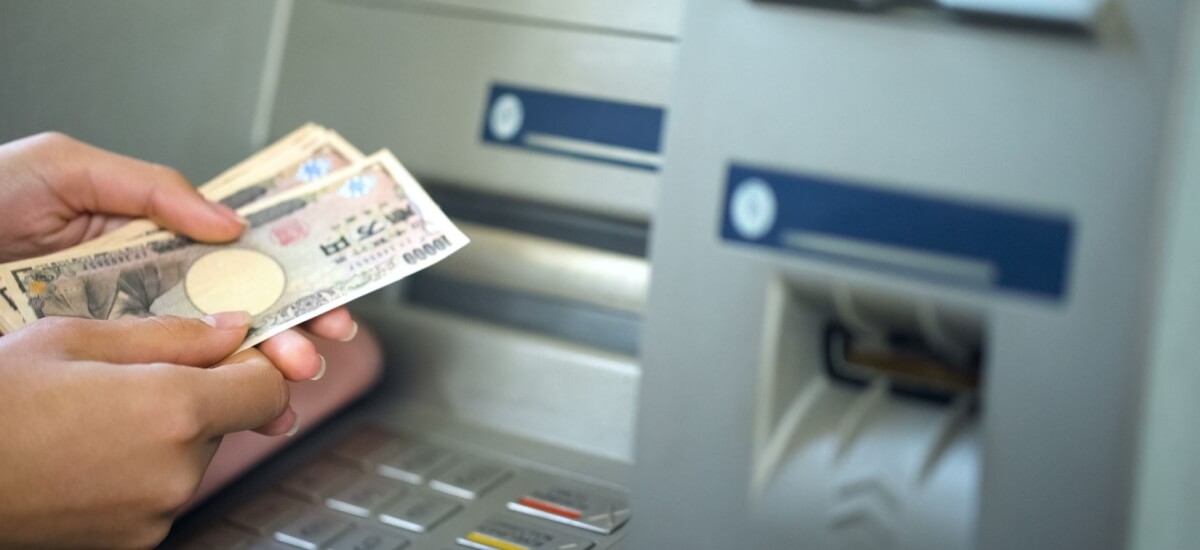
There are many ATMs in Japan, especially in urban areas, so locating one won’t be an issue. You can also find them in convenience stores, post offices and department stores. Most major Japanese banks accept international cards.
If you’re using a post office ATM, know that their working hours can be shorter on Sundays and national holidays. In those situations, it’s best to go directly to an ATM located in a Japanese bank or in a convenience store.
You can use international cards in Japan, including your UK debit card.6 If you plan on visiting smaller towns, make sure you also have cash on you.
Yes, you can use your UK credit card throughout Japan.6
Even though cards are widely accepted in Japan, there are various places that take cash only. Some of Japan’s most beautiful landmarks, including castles, Buddhist temples and Shinto shrines only accept cash at the entrance.
You can even miss out on some memorable experiences if you don’t keep some money in your pockets.
For example, it’s believed that throwing a 5 yen coin into the Shinto shrine offering box brings good fortune. The Japanese pronounce “5 yen” similarly to how they say “luck” and that’s where the belief originates.7 It’s important that you have that specific coin, so make sure you come prepared!
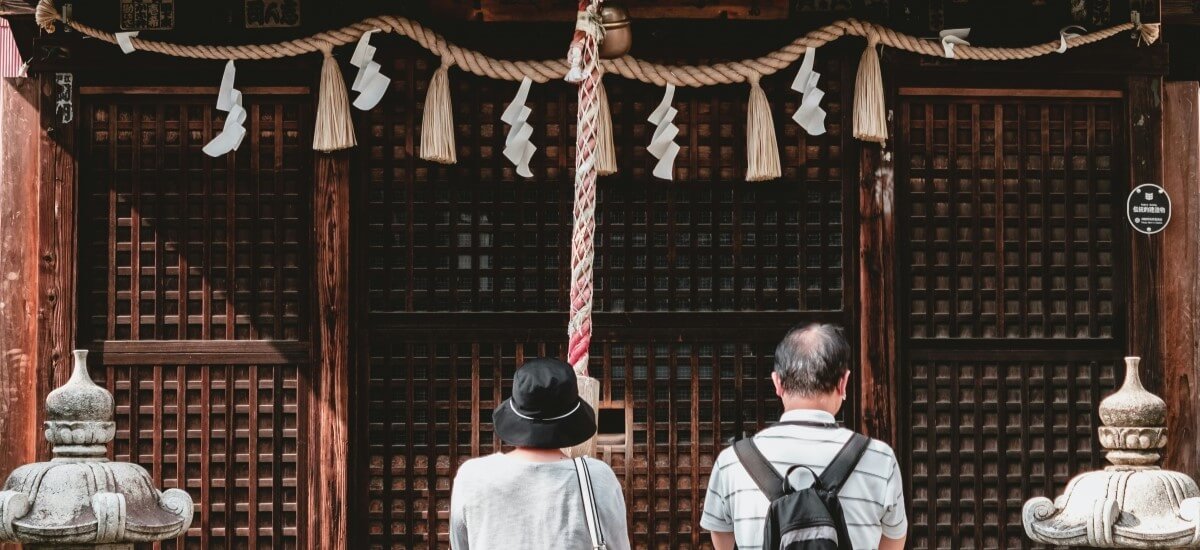
When visiting big Japanese cities, you can use payment cards for pretty much anything. It’s also a more convenient option for short stays, so you don’t have to end up with extra money you can’t spend back home.
However, it’s strongly recommended to have at least some Japanese yen in cash. You can use your card wherever you can, but there’s a chance you’ll want to visit cash-only tourist attractions.
Contactless card payments do exist, but are still relatively uncommon in Japan. A contactless symbol will usually be displayed if a store supports it, but it’s best to ask.8
Your Wise card is a good payment option for contactless transactions in Japan. But, if you prefer leaving your cards at home, you can get the Wise virtual card with the same features.
Besides the traditional cards and cash, other payment methods are available in Japan.
IC cards were initially made for public transport only, but now you can use them to pay for different services.3 Those include vending machines, lockers, shops, certain cafés and restaurants.
The most popular IC cards are Suica, Pasmo, and Icoca. However, depending on where you are visiting there are many more, including Kitaca, Sugoca, Pitapa, Hayakaken, Nimoca, Toica and Manaca.
Be sure to check the local public transport before you visit to work out which IC card is right for you. If you’re already going to be using trains and buses a lot, you might as well use an IC as a payment card - many have unique designs so they make for great souvenirs, too!
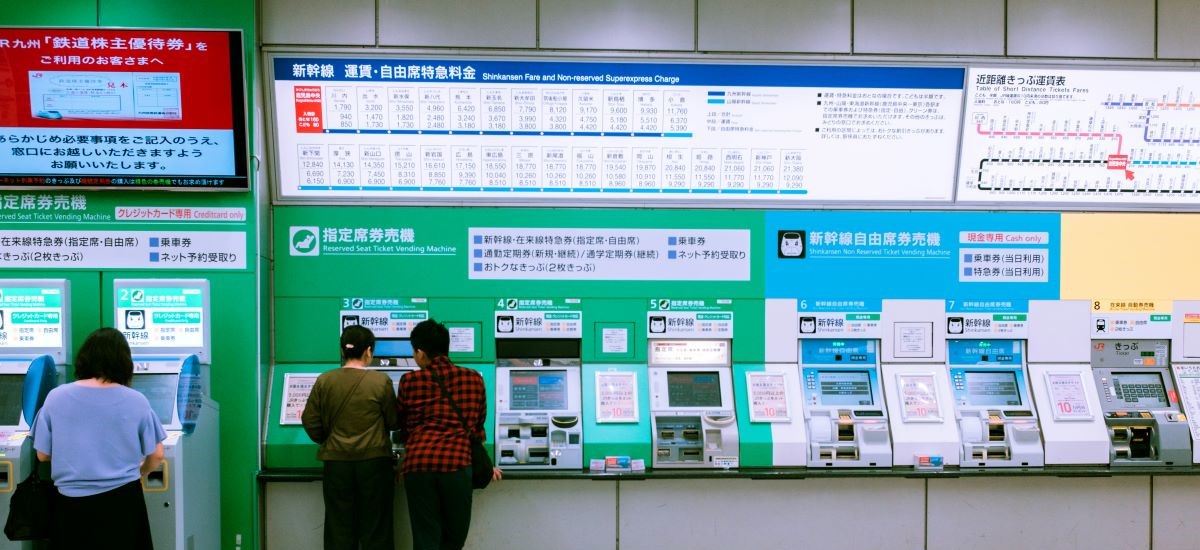
Mobile payment is rather complicated for tourists. There are plenty of options, but most of them only work for those with a Japanese phone number.3
Some of the most popular ones are PayPay, MerPay, Line Pay and Rakuten Pay. If you get a Japanese number or sim card, one of the easiest routes is to top up your payment app at an ATM.
Suica and Pasmo IC cards can also be added to your Apple Pay wallet, so you can use them for digital payment. Just make sure your Apple Pay app is updated before travelling.
The Wise virtual card is a great digital option. It has all the benefits of a regular Wise card, but it exists in your phone only. You can freeze your Wise virtual card after every transaction, so top-notch security is guaranteed.
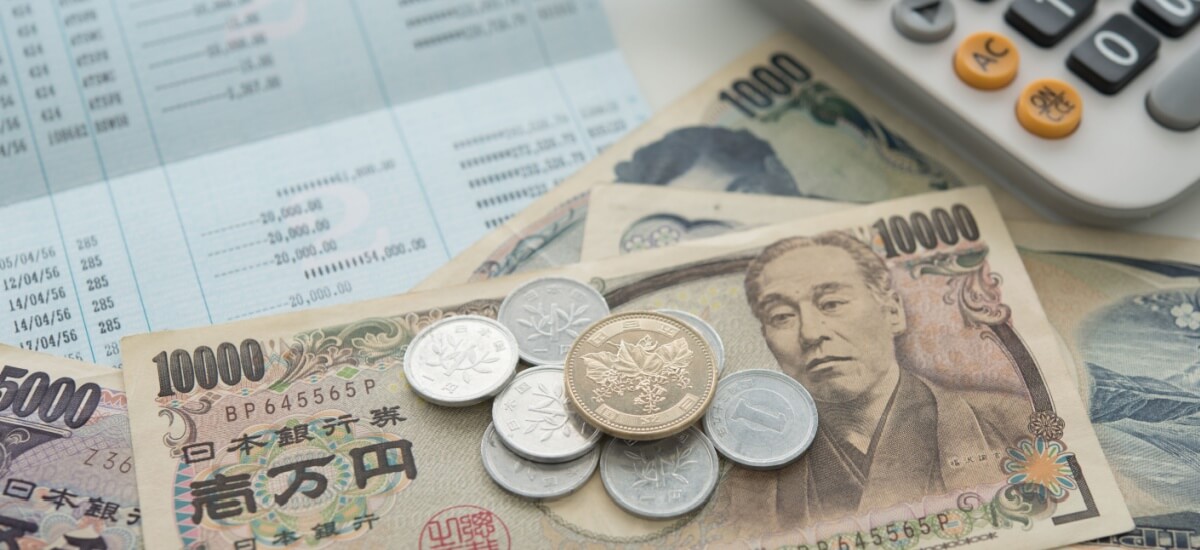
Cash is still the most popular payment method in Japan. If you travel to the countryside, it will most likely be your only option. Although cards and other cashless ways of paying are widely accepted in urban areas, you should still keep some old-fashioned cash on you.
Want to spend like a local in 150+ countries, including Japan, without worrying about exchange rates and hidden fees? The Wise card might be just the thing you’re looking for.
The Wise card can be used for any international payments, including accommodation costs and daily expenses. It automatically converts the currency at the mid-market exchange rate with only a small, transparent currency conversion fee*.
You can also use it to easily withdraw yen from the ATMs in Japan.
To summarise, here are some of the most frequent questions about using cash or cards in Japan.
In general, yes. Although cards are widely accepted in big cities, it’s better to have cash when travelling to the countryside.
If you can, buy yen in the UK. If not, use your Wise card at a Japanese ATM and it will automatically convert the currency for you.
It depends on the ATM. Some banks have no ATM fees, while others even charge you more for weekend and holiday withdrawals.
Many of them do, but there will usually be a sticker on the door to indicate accepted payment methods.4
That depends on your spending habits. On average, 10,000 is a medium daily budget for solo travellers.9
Use cash, but remember to only withdraw cash from ATMs in the local currency (yen) or you can use your Wise card.
Sources used for this article:
Sources last checked on date: 09-Apr-2024
*Please see terms of use and product availability for your region or visit Wise fees and pricing for the most up to date pricing and fee information.
This publication is provided for general information purposes and does not constitute legal, tax or other professional advice from Wise Payments Limited or its subsidiaries and its affiliates, and it is not intended as a substitute for obtaining advice from a financial advisor or any other professional.
We make no representations, warranties or guarantees, whether expressed or implied, that the content in the publication is accurate, complete or up to date.

Check out our in-depth guide on everything you need to know about buying a prepaid SIM card for Japan, including different providers, pricing, and features.

A handy guide on how Revolut works in Japan, including info for UK customers on using a Revolut card abroad.

Japan is generally viewed as a medically-safe location for tourists with high-quality medical care. If you’re visiting Japan for a holiday or short-term...

You’ll find international automatic teller machines (ATM) and cash dispensers in more than 20,000 post offices and 10,000 7-Eleven convenience stores across...
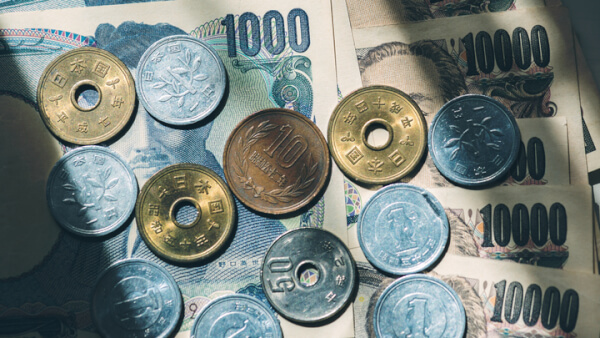
Japan’s vibrant cities and peaceful country resorts see it receive an astonishing number of visitors from abroad. In the summer of 2016, over 2 million...